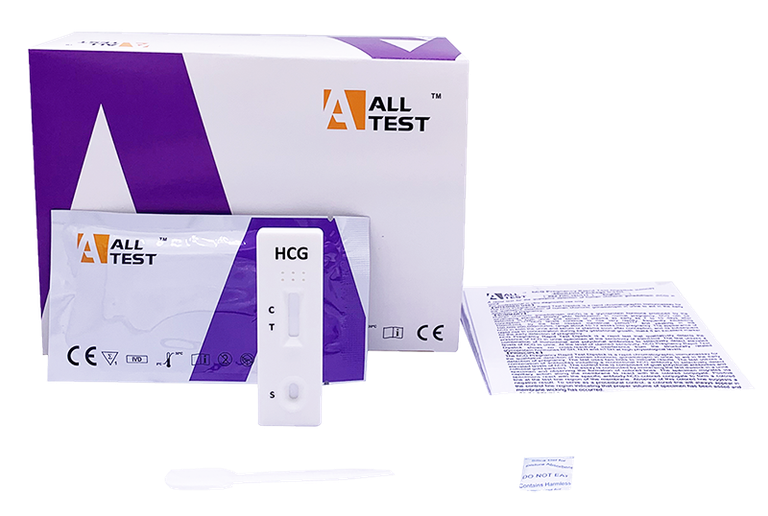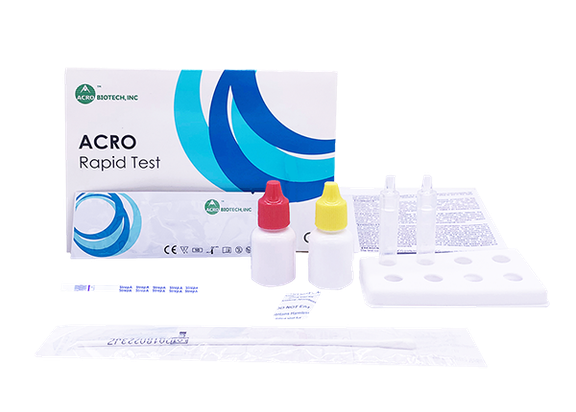QuikRead go iFOBT, a useful aid in estimating the need and urgency of colonoscopy
With its high negative predictive value and sensitivity, QuikRead go iFOBT has been proven to be a useful tool in evaluation for the need and urgency of colonoscopy in symptomatic patients in a Swedish study (test erroneously called QuikRead go FIT).
The study was performed using the QuikRead FOB sampling set with one day’s room temperature stability for the feces sample. The sampling buffer has since been updated and keeps now the sample stable at room temperature for five days instead of the previous one day. In addition, the currently available QuikRead go iFOBT kits have an extended quantitative measurement area and show numeric values starting from 10 µg Hb/g feces up to 200 µg Hb/g feces.
Symptomatic patients referred for colonoscopy were included in the study. Patient’s information on recent symptoms and medication was collected, and they received QuikRead FOB sampling devices for collecting samples from two separate bowel movements on different days. In total, 242 patients went through the study protocol and analysis.
QuikRead go iFOBT result accuracy for colorectal cancer (CRC) was analyzed using the FIT result from the first day as well as using the higher value of either of the two returned samples at cut-offs 10, 15 and 20 µg Hb/g. The study confirmed one FIT at cut-off 10 µg Hb/g to be a promising triage test in symptomatic patients referred for colonoscopy. The very high negative predictive value for colorectal cancer of one FIT at cut-off 10 µg Hb/g means that a large proportion (70%) of colonoscopies could potentially be avoided, or at least assigned a lower priority. When one FIT test with a cut-off > 200 µg Hb/g was used, a test identified a delimitated group of 17% of referred patients, almost all having CRC or other important clinical findings. The study suggests that for endoscopy units struggling with long waiting times and patient safety, the FIT test could be used for prioritization purposes.
Link to the original article in Scandinavian Journal of Gastroenterology: https://doi.org/10.1080/00365521.2019.1708965


